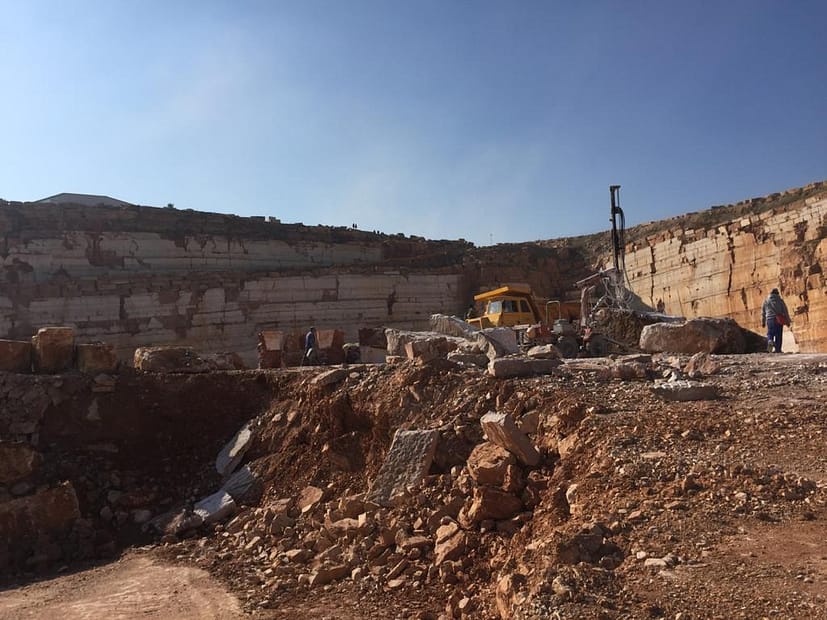As per the Global Board of the Red Cross, shielding after the seismic tremor is into three classes: Crisis cover, impermanent lodging, super durable lodging.
Impermanent lodging configuration is a subject that we have considered.
Indeed, impermanent lodging covers a time of a while to a couple of years permitting the harmed to get back to ordinary day-to-day environments when constructing their extremely durable homes.
The experience of two undertakings in two seismic tremor inclined regions made us clear that focusing on individuals and their traditions can prompt their fulfillment with the planned safe house.
Lar is a seismic tremor inclined city with a warm and bone-dry environment. They picked the city for the plan of transitory lodging structures. Because of our exhaustive knowledge of the way of life of the region as an old neighborhood.
As per the spatial construction of the houses in the city, which frequently comprise of a solitary floor and a focal patio, planning a brief design inside the yards with negligible obliteration ring a bell. This caused them to feel more open to being near their things and was a motivating force to modify their obliterated homes.
By concentrating on the significant components of the area, we arrived at the resolution that development in soil profundity is one of the main elements in the city because of its warm solace.
Given that, we can now consider motivation from the earth, we chose to fabricate a construction with its primary material being the dirt from the earth.
It is critical that in which region we plan, we make a fruitful undertaking when the draftsman chooses to consider it according to the point of view of individuals in the space to such an extent that individuals are the vital component of the plan.
This task demonstrated to us that nobody could comprehend the requirements of individuals in the plan region other than themselves, so the undertaking looked to talk with inhabitants on the utilization of the region’s native materials. For example, soil, palm, and Tamarix trees.
Because of the various requirements of individuals in the spatial construction of their homes, the plan was module-based to permit every family to grow or consolidate modules as per their populace and necessities.
An endeavor was made to make a momentary safe house configuration, along these lines permitting the construction of the venture to be at first framed based on a crisis cover and step by step finished until brief convenience was accomplished and in this way killing the expense of setting up a crisis cover.
Since it was impractical to make a plan for all lodgings, we made a campground by offering a proposition and expected public spaces. For example, school, mosque, wellbeing focus, and studio working by joining modules.
Significant marks of this task remember the investment of individuals for the development interaction. Likewise, the development was conceivable utilizing nearby individuals because of their exhaustive information on materials and leader subtleties. And because of the area of materials, the design was repairable by individuals at the hour of harm.
This design can be executed at a brief time frame and for an exceptionally minimal price and can be effectively destroyed because of the utilization of regular materials in development without harming the climate.
-
Primary issues:
Utilization of materials existing nearby – utilization of structure fitting to the area’s appropriateness – module-based plan – potential future extension and improvement. Also, no harm due to utilization of dirt and mortar – transportability and capacity to move of design outline. Simple establishment and simple execution subtleties – capacity to fix by inhabitants – recyclable, simple, and non-contaminating disposal. Continuous updating from crisis haven to brief convenience and wiping out crisis cover costs
-
Participatory plan approach issues:
Individuals’ interest in protecting – building structures by individuals without requiring preparing because of information on materials and subtleties. Plus, the probability of adding spaces to an impermanent asylum by individuals and consolidating modules to address individuals’ issues. And the feeling of having a place with the planned space because of the cooperation of occupants
-
Mental issues:
Enough security – securing human pride – legitimate protection – planning familial lodgings together in a camp plan – guaranteeing seismic tremor wellbeing. In addition, giving an agreeable degree of life quality in transitory lodging as indicated by the common life norms. Moreover, fitting warm solace against climate conditions – the foundation of sanctuary close to the casualties’ previous residing place
-
Social issues:
Proper general wellbeing – wellbeing the board – admittance to covers for specialists’ help
-
Specialized and establishment issues:
Warm and cold protection – dampness protection – legitimate ventilation – environment-based plan. The thought of local culture – streamlined features – water withdrawal to the design by making channels around the asylum. Therefore, estimating water assets for the campground
-
Monetary Issues:
Development in the most limited span – working with less labor. The probability is fabricated for transforming camp into a vacation destination after long-lasting lodgings.

